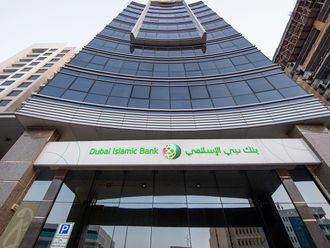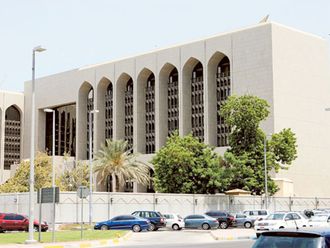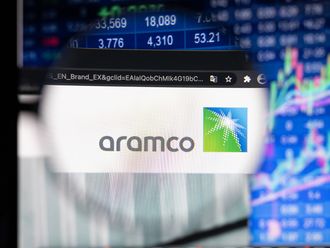Islamabad: Last week's marginal fall of the Pakistani rupee may not be an immediate sign of turbulence surrounding the country's markets or its economy. But it is a reminder of a key variable surrounding the interests of medium to long term investors, seeking a stake in Pakistan's equities or opportunities for direct investment.
The next few days after the Eid holidays are likely to see an inflow of foreign currencies to Pakistan which may help to prop up the rupee. Earlier this month, concerns mounted over the outlook of the rupee when its exchange rate fell to a 23-month low versus the dollar.
That fall was prompted when importers raised their demand for US dollars in order to meet their rising import bill. Such a trend was indeed short lived as it went in to a reverse gear, thanks to the rising inflow of US dollars.
However, opinion remains divided among business people over the extent to which the Pakistani rupee should indeed maintain its present exchange rate of about Rs60 to the dollar.
Rosy outlook
The rate has remained largely unchanged for almost five years since Pakistan joined the so called US-led war on terror, and subsequently benefited from generous economic assistance from its foreign donors.
The country's military ruler, General Pervez Musharraf, and the ruling regime whose creation he has overseen, are all too adamant for taking credit as the main architects of Pakistan's reforms that they say have helped provide stable planks to elements such as the country's currency. But the criticism of their view is equally overwhelming as many independent economists argue that the economic outlook has received a lift, largely due to foreign support.
While the debate continues, the future of the rupee could be an important test of the outlook for the economy. Many analysts give credit to the government for its successful defence of the rupee during difficult times such as the peaking of oil price rises in the past couple of years.
Pakistan came under immense pressure due to escalating oil prices, and had to subsequently pass on some of its impact to ordinary consumers. While the economy did slow down in a relative sense, Pakistan's overall growth rate of about seven per cent during the last financial year, did represent a decent trend in its economic performance.
However, the trends surrounding the rupee are bound to be equally influenced in future by economic as well as political developments. Thousands of miles away from Pakistan, the near-term political events in the United States could set the pace for the future of the south Asian country's economy.
Next month's mid-term elections to the US Cong-ress and Senate have been preceded by forecasts of a major setback to US president George Bush's Republican Party.
The emerging political storm against Bush is driven mainly by the mounting opposition to his government's policies overseas, most notably in Iraq.
Allies such as Musharraf ought to worry about the future of US politics if the legislature is firmly in the hands of the Democratic Party. Not only would that begin a period of firm efforts to negate Bush's policies, but questions could also be raised over his choice of overseas allies.
It's much too early to predict whether Pakistan would indeed be targeted with sanctions. But the US has had a history of going from close relations to sanctions when it comes to dealing with Pakistan.
This time around too, there are many who have adequate reason to question Musharraf's democratic credentials. He is someone who has so far refused to budge on questions surrounding his decision to remain a ruler in uniform while continuing as a civilian ruler.
If indeed the future of US politics leads to an attack on Bush's overseas allies, Musharraf must expect to be among the first targets. It would then be a trend-setting moment for the future of the Pakistani economy and the extent to which it remains resilient in the face of such external pressures.
The writer is a journalist based in Pakistan.












